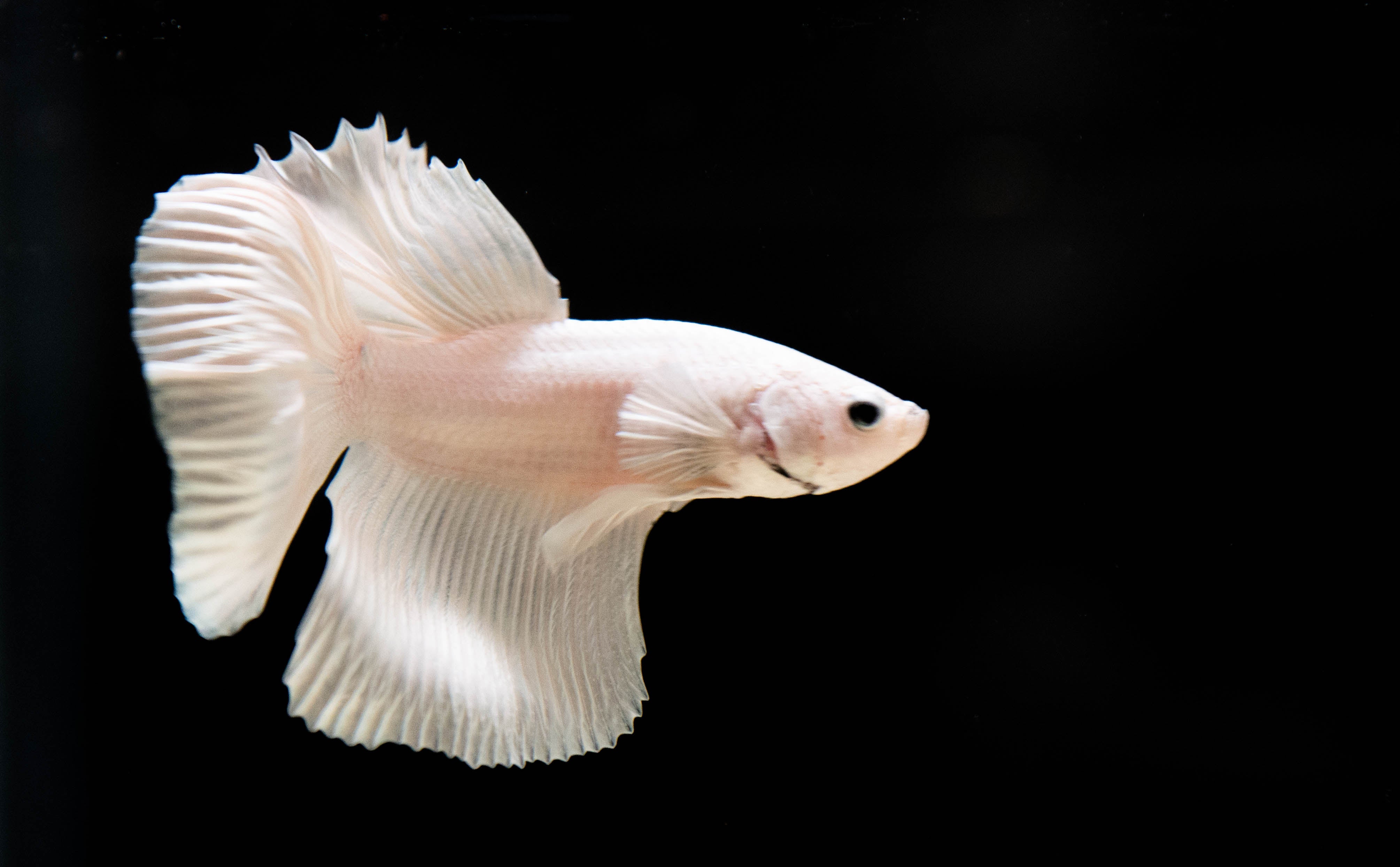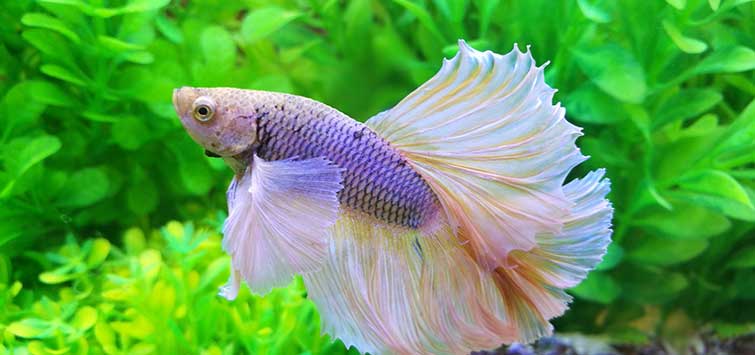Betta Fish Diet Regimen: What to Feed Your Betta for Optimum Health
Betta Fish Diet Regimen: What to Feed Your Betta for Optimum Health
Blog Article
All About Betta Fish: Recognizing Their Distinct Demands, Behavior, and the Ideal Practices for Optimal Care
Recognizing the distinct demands and behaviors of Betta fish is necessary for any aquarist aiming to offer optimum care. These exciting creatures, native to the cozy waters of Southeast Asia, exhibit unique territorial propensities and require certain environmental conditions to prosper. From choosing the right storage tank size to acknowledging potential health and wellness concerns, different factors substantially affect their well-being. As we discover these elements better, the ramifications for both beginner and knowledgeable fish keepers become progressively noticeable, raising questions regarding exactly how finest to suit these impressive fish in our homes.
Betta Fish Overview
Although frequently admired for their vibrant shades and moving fins, Betta fish, clinically called Betta splendens, are complex creatures that call for certain like flourish. Originating from Southeast Asia, these freshwater fish are recognized for their territorial nature and one-of-a-kind habits. Betta fish exhibit sexual dimorphism, with men showing much more vivid shades and longer fins than women.
Their aggressive tendencies, specifically among males, demand mindful consideration when housing them. Bettas are usually maintained in single-specimen storage tanks to prevent territorial disagreements. Nevertheless, they can coexist peacefully with specific compatible varieties in larger area storage tanks, provided the setting meets their demands.

To make certain optimal care, aquarists need to comprehend their one-of-a-kind behavioral characteristics, nutritional requirements, and environment needs. betta fish. With correct focus, Betta fish can exhibit their vibrant characters and grow in a properly maintained fish tank setup
All-natural Environment and Environment
Betta fish thrive in a varied series of all-natural habitats, mainly found in the superficial waters of Southeast Asia, consisting of rice paddies, swamps, and slow-moving streams. These atmospheres are characterized by cozy temperatures, generally between 75 ° F and 82 ° F(24 ° C and 28 ° C ), and a pH degree varying from 6.5 to 7.5, which is optimal for their health and health.
In their natural environments, Betta fish are accustomed to thick plant life, offering both shelter and reproducing premises. The presence of plants such as drifting water lilies and thick turfs not just uses protection from killers however also adds to the oxygenation of the water, which is necessary for their breathing needs. Furthermore, these environments commonly have areas of still water, permitting Betta fish to exhibit their all-natural behaviors such as bubble nesting.
Recognizing the natural environment of Betta fish is essential for fish tank lovers. Reproducing these conditions-- via water temperature, pH equilibrium, and the inclusion of real-time plants-- can browse this site substantially enhance the general health and long life of these captivating fish, guaranteeing they thrive in a home fish tank setting.
Social Habits and Interactions
Recognizing the social behavior and communications of Betta fish is essential for effective fish tank administration. Betta fish, or Siamese combating fish, are known for their special behavioral qualities, characterized largely by territoriality and hostility. Men, specifically, present extremely hostile behaviors in the direction of one another, bring about the well-known online reputation of Betta fish as competitors. In a confined area, two men can participate in terrible conflicts, usually resulting in injury or death.
On the other hand, women Bettas show much less hostile habits and can exist side-by-side in teams, called sororities, if presented effectively. It is essential to monitor their interactions carefully, as hierarchy and dominance can lead to conflicts. Understanding the characteristics within a Betta area is essential; developing concealing areas and making sure enough room can reduce hostility.
In addition, Betta fish may also display curiosity and social behaviors towards other species. While they can exist together with certain non-aggressive tank mates, it is necessary to pick compatible species to stay clear of stress and anxiety and hostility. In general, recognizing these social communications is key to fostering try this website a harmonious fish tank setting for Betta fish.
Vital Care Guidelines
Giving correct look after Betta fish is essential to their health and well-being. To ensure a growing setting, it is crucial to keep optimal water problems. The water temperature level must be maintained between 76 ° F and 82 ° F(24 ° C to 28 ° C), while pH degrees ought to range from 6.5 to 7.5. Normal water changes-- roughly 25% weekly-- help maintain water high quality.
Betta fish need an ideal container size; a minimum of 5 read more gallons is suggested to provide sufficient room for swimming and hiding. Consist of decorations and plants to create a stimulating atmosphere, yet avoid sharp objects that might hurt their fragile fins.

Last but not least, ensure the tank is equipped with a filter to maintain the water tidy, yet make use of a mild filter to stay clear of solid currents that can stress the fish. By following these vital care guidelines, proprietors can advertise a healthy and dynamic Betta fish.
Common Health Issues and Solutions
In the care of Betta fish, recognition of usual health and wellness problems is vital for preserving their well-being. One widespread problem is fin rot, commonly triggered by poor water top quality or bacterial infection. Symptoms consist of torn or discolored fins. To deal with fin rot, enhance water problems and think about using a broad-spectrum antibiotic.
One more usual condition is ich, a parasitic infection identified by white spots on the fish's body (betta fish). Treatment entails raising water temperature and adding fish tank salt to the tank, as this can aid eliminate the bloodsucker
Swim bladder disorder is likewise frequently observed, causing buoyancy problems. This condition might develop from overfeeding or bowel irregularity. A fasting period of 24-48 hours, adhered to by a diet plan of blanched peas, can give relief.
Last but not least, bettas may deal with velvet illness, indicated by a gold dust-like look on their skin. Treatment typically needs medicine particularly designed for external bloodsuckers, together with boosted tank hygiene.
Routine surveillance of water parameters, preserving a tidy environment, and offering a well balanced diet regimen are crucial safety nets. By dealing with these health and wellness problems promptly, Betta fish can lead healthier, a lot more vivid lives.
Conclusion
In summary, successful betta fish treatment needs an understanding of their special needs and actions. Routine monitoring of wellness and water high quality, along with a balanced diet regimen, adds to the longevity and vibrancy of betta fish.
Report this page